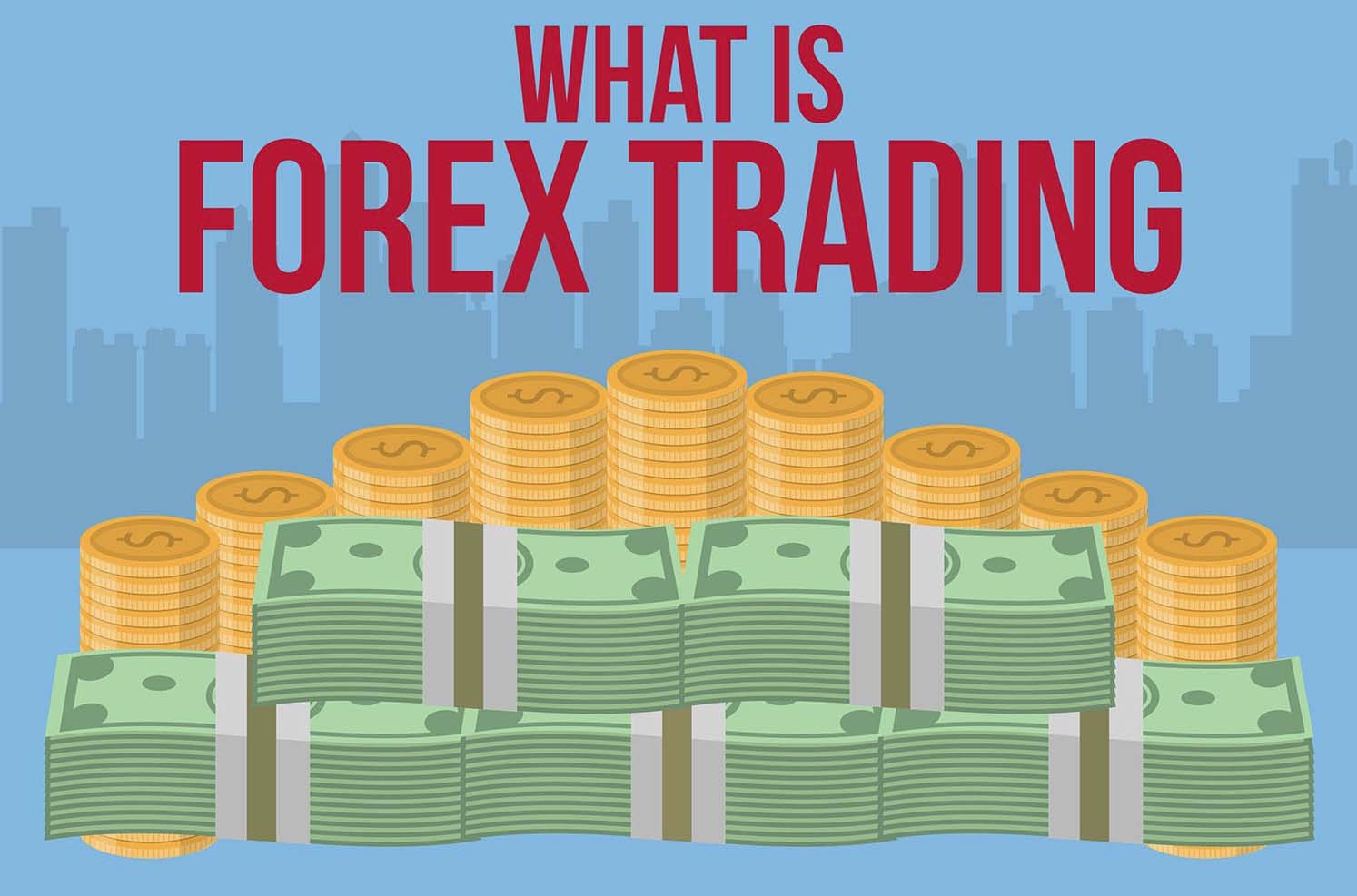Introduction
Have you ever wondered how the financial markets operate? Have you dreamt of making money by trading currencies? If so, then forex trading might be the perfect opportunity for you. Forex, short for foreign exchange, is the world’s largest financial market, where currencies are traded 24 hours a day, 5 days a week. With an average daily trading volume of over 5 trillion US dollars, forex offers ample opportunities for profit-making. However, as with all financial markets, successful forex trading requires knowledge, skill, and discipline. In this comprehensive guide, we will take you through the basics of forex trading, from understanding the market to placing your first trade.

Image: howtotradeonforex.github.io
Forex trading can be a lucrative venture, but it also carries risks. Therefore, before you start trading, it is essential to have a solid understanding of the market and the risks involved. You should also have a clear trading plan and a strong risk management strategy in place. Remember, forex trading is not a get-rich-quick scheme, but a legitimate investment like any other. With patience, dedication, and the right approach, you can achieve success in the forex market.
Understanding the Forex Market
The forex market is a decentralized global market where currencies are traded. It operates electronically over-the-counter (OTC), meaning there is no central exchange where all trades take place. Instead, forex traders buy and sell currencies through a network of banks, brokers, and other financial institutions. The forex market is highly liquid, thanks to the vast number of participants trading large volumes of currencies. This liquidity ensures that you can enter and exit trades quickly and efficiently, even in highly volatile market conditions.
In the forex market, currencies are always traded in pairs. The first currency in a pair is called the base currency, while the second currency is called the quote currency. For example, in the EUR/USD currency pair, the euro (EUR) is the base currency, and the US dollar (USD) is the quote currency. When you buy a currency pair, you are buying the base currency and selling the quote currency. Conversely, when you sell a currency pair, you are selling the base currency and buying the quote currency.
Types of Forex Orders
There are two main types of forex orders: market orders and limit orders. A market order is an order to buy or sell a currency pair at the current market price. Market orders are executed immediately, ensuring that you get the prevailing market rate. However, if the market is highly volatile, the market price may change before your order is executed, resulting in a slippage. A limit order, on the other hand, is an order to buy or sell a currency pair at a specified price or better. Limit orders are not executed immediately but are placed on the order book until the market price reaches the specified level.
In addition to market and limit orders, there are also stop orders and trailing stop orders. A stop order is an order to buy or sell a currency pair when the market price reaches a certain trigger level. Stop orders are often used to limit losses or protect profits. A trailing stop order is a special type of stop order that moves along with the market price, ensuring that your profits are locked in while giving you the potential to benefit from further price increases.
Risk Management in Forex Trading
Risk management is a crucial aspect of forex trading. As with any financial market, there are risks involved in forex trading, and it is important to manage these risks effectively to protect your capital. One of the most important risk management tools is leverage. Leverage allows you to trade with more capital than you have in your account, potentially increasing your profits. However, leverage also magnifies your losses, so it is important to use leverage wisely. Always trade with an amount of leverage that you can afford to lose, and monitor your trades closely to avoid any significant losses.
Another important risk management tool is stop-loss orders. Stop-loss orders allow you to limit your losses by automatically closing your trades when the market price reaches a certain level. Stop-loss orders can help you protect your capital from large drawdowns and preserve your trading profits. Always use stop-loss orders when trading forex, and make sure that your stop-loss levels are placed appropriately.

Image: a-defense.blogspot.com
How Do I Trade Forex Online
Conclusion
This guide has provided you with the basics of forex trading. Now that you have a better understanding of the market and the risks involved, you can start your journey as a forex trader. However, it is important to remember that forex trading is not a get-rich-quick scheme. It requires patience, dedication, and a willingness to learn. Study the market, practice on a demo account, and develop a trading strategy that suits your risk tolerance and trading style. With the right approach, you can achieve success in the exciting world of forex trading.






